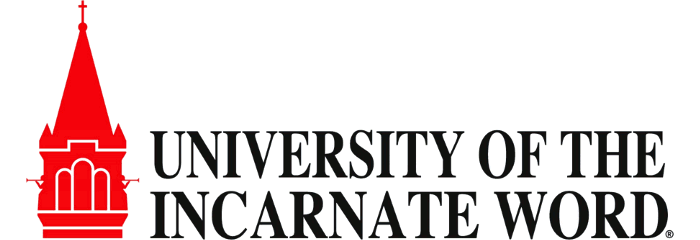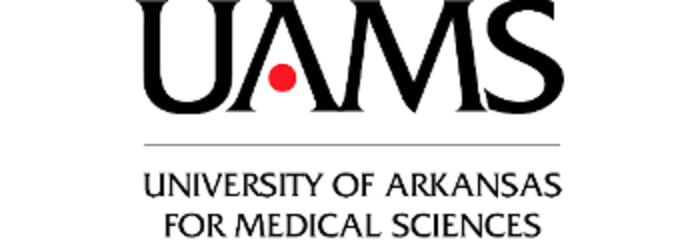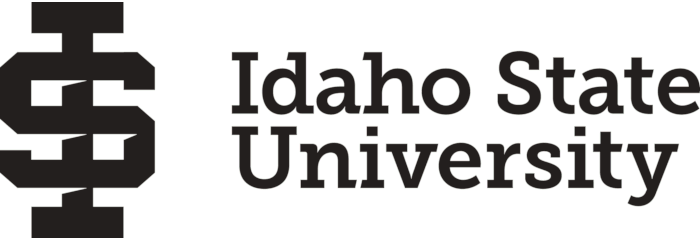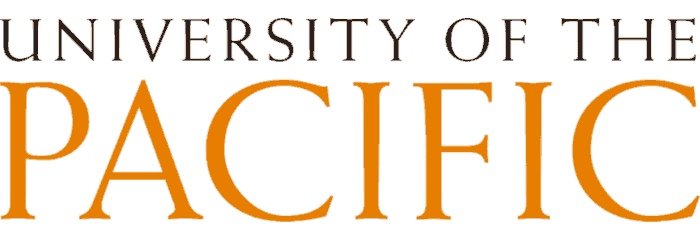
24 Best Pharmacy Schools 2020
Students at the top 24 pharmacy schools in the U.S. earned median salaries of $117,300-$131,000 one year after graduating with a PharmD degree. Students at the #1 school, Texas A&M University – College Station, have a median salary of $131,000 and a median student debt of $120,380. University of the Incarnate World comes in second for salary with a median student salary of $129,500, while the University of Wyoming has the lowest median student debt for PharmD students, at $47,473.
Tuition, median salaries, and median debt were reported by the U.S. Department of Education in November 2019. View our methodology for more details about these rankings or read more about the top-ranked schools.
| School | Annual Tuition | Median Debt | Median Salary |
|---|---|---|---|
| Texas A&M University - College Station | $24,090 | $120,380 | $131,000 |
| University of the Incarnate Word | $20,870 | $173,401 | $129,500 |
| University of Arkansas for Medical Sciences | $21,407 | $111,000 | $126,100 |
| Idaho State University | $30,152 | $92,250 | $123,200 |
| University of the Pacific | $53,544 | $215,196 | $122,600 |
| Marshall University | $22,024 | $86,145 | $122,000 |
| Ferris State University | $8,986 | $82,000 | $121,500 |
| University of Wyoming | $20,996 | $47,473 | $121,300 |
| The University of Findlay | $18,456 | $80,851 | $121,200 |
| University of Georgia | $26,576 | $116,294 | $120,600 |
| University of Missouri - Kansas City | $30,760 | $96,320 | $120,200 |
| University of Louisiana - Monroe | $21,500 | $117,871 | $120,000 |
| The University of Texas at Austin | $22,954 | $89,257 | $119,800 |
| Southern Illinois University - Edwardsville | $16,502 | $131,980 | $119,800 |
| Sullivan University | $15,840 | $187,189 | $119,400 |
| University of Kansas | $26,236 | $66,626 | $118,700 |
| Southwestern Oklahoma State University | $7,939 | $63,444 | $118,600 |
| Albany College of Pharmacy and Health Sciences | $46,125 | $66,000 | $118,600 |
| Auburn University | $33,908 | $138,019 | $117,800 |
| Texas Southern University | $15,728 | $74,640 | $117,500 |
| University of Houston | $19,109 | $128,200 | $117,400 |
| Virginia Commonwealth University | $31,589 | $135,822 | $117,300 |
| Lipscomb University | $17,100 | $224,084 | $117,300 |
2020 Best Colleges Highlights

Established in 1871, Texas A&M University is a public research university and the founding member of the Texas A&M University System. The curriculum of the four-year Doctor of Pharmacy (PharmD) program available at the College Station campus provides instruction in biomedical sciences, pharmaceutical sciences, social/behavioral/administrative sciences, and clinical sciences.
Students spend a third of their classes and their entire fourth year training in clinics and hospitals, and rotations allow them to work in various clinical settings. First-year students focus on the fundamentals of basic science and pharmacy practice. Among the curriculum are principles of drug addiction, human physiology, biochemistry, health care systems, pharmacy law and ethics, research methods, and biostatistics. The second and third years of the program feature integrated pharmacotherapy (IPT) courses, which cover the pathophysiology, medicinal chemistry, pharmacology, and therapeutics of different organ systems. Year four places students in actual pharmacy settings, where they work with faculty or qualified licensed preceptors as well as healthcare professionals in making decisions and gaining experience in real-world situations. A minimum of 144 credit hours is required to complete the degree.

A private Roman Catholic university located in San Antonio, Texas, University of the Incarnate Word was founded in 1881 and operates in affiliation with Sisters of Charity of the Incarnate Word. The four-year Doctor of Pharmacy (PharmD) program is composed of approximately 40 hours in the pharmaceutical sciences, 11 hours in pharmacy administration, and 106 hours in pharmacy practice and experiential learning. The total program requirement is 157 hours.
Students study subjects such as ethics and life issues, drug information, medical microbiology, immunology, anatomy, pharmacokinetics, medical literature, and pharmacy law. Advanced pharmacy experiences in the fourth year include community care, hospital/institution care, ambulatory care, and acute care/general medicine. The curriculum also includes two courses of Spanish for Pharmacists to help students improve their fluency so they can work more effectively with Spanish-speaking populations. Spanish certification can be earned in the final year of the program by passing oral and written examinations. UIW also offers a dual degree that combines PharmD with a Master of Arts in Administration (MAA). The MAA requires 30 semester hours of graduate coursework, and the degree can be earned while students complete their PharmD coursework.

A public medical university located in Little Rock, Arkansas, University of Arkansas for Medical Sciences was established in 1879 and is part of the University of Arkansas System. The PharmD degree offered by the institution is a four-year, 136-credit program. Over the course of the program, students study various subjects, such as anatomy, biological and secular chemistry, nuclear pharmacy, pharmacokinetics, pharmacy law and ethics, biostatistics, and chemical addiction. Both the fall and spring semesters of year four include five month-long experiences in real-world settings where students learn to make practical application of their previous coursework.
UAMS’s College of Pharmacy also offers two dual degrees, a PharmD/MPH and a PharmD/MBA. Residency opportunities are available for graduates of the PharmD degree program. For high school seniors and graduates who are interested in pursuing careers in the pharmacy profession, the university offers a week-long summer pharmacy camp that includes hands-on training in pharmacy skills, lectures by both faculty members and local Arkansas pharmacists, and field trips to pharmacy locations.
Visit the University of Arkansas for Medical Sciences' website.

Founded in 1901 as the Academy of Idaho, Idaho State University is a public research university located in Pocatello, Idaho. More than 250 programs are offered at its four campuses. The university’s College of Pharmacy offers a four-year Doctor of Pharmacy (PharmD) that can be completed in two of the institution’s Idaho locations.
The first year of the program focuses on physiology, pharmaceutics, and pharmacology. Courses in years two and three are presented in modular format and cover, among other things, pharmacology, medicinal chemistry, pharmacokinetics, and pharmaceutics and pharmacotherapy of specific organ systems. Students study the renal, cardiovascular, endocrine, and nervous systems, infectious diseases, pain management, hematology, and other related areas. Year four is devoted to practical experiences at various clerkship sites, which can be completed in Idaho; Reno, Nevada; or Anchorage, Alaska. Rotations begin in May and continue for the next 12 months. A total of 150 credits are required to complete the degree. ISU also offers two dual degree programs so students can study concurrently for a PharmD and either an MBA or a PhD in Biomedical and Pharmaceutical Sciences.

With campuses in San Francisco, Sacramento, and Stockton, the University of the Pacific is a private, Methodist-affiliated university. Founded in 1851, it is the oldest chartered university in California. The institution’s eight-semester Doctor of Pharmacy program helps students develop both clinical and patient care skills through classes and work in real-world settings.
The program includes Introductory Pharmacy Practice Experience (IPPE) and Advanced Pharmacy Practice Experience (APPE). IPPE requires more than 300 hours of combined experience in hospital, community and ambulatory care settings, and community outreach. APPE provides students with more than 1,440 hours of practice experience in acute and ambulatory care, as well as in hospitals, communities, and other specialty settings. Coursework includes the study of such subjects as molecular and cellular biochemistry, applied pharmacokinetics and pharmacogenomics, drug metabolism and disposition, and nonprescription therapy and self-care. A total of 141 credits are required to complete the degree. Students who have completed at least 68 credits in specific prerequisite courses can earn their degree in three years through the university’s accelerated program. UP also offers a PharmD/PhD dual degree.